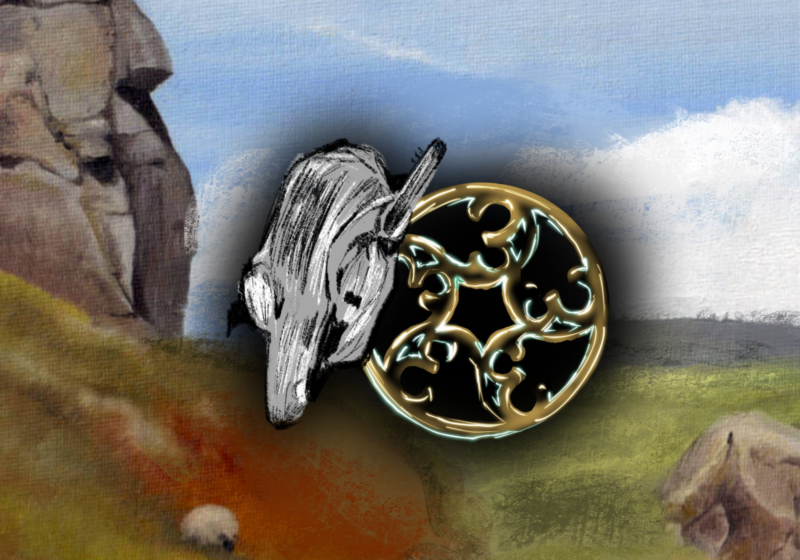A monthly platform for authentic and diverse discussion surrounding topics concerning social change, equity, and inclusion in the communities around us, Rochester’s Equity and Access Leadership Conversations (REAL Conversations) continues to serve as an excellent public avenue for knowledge and self-examination. This past Thursday, REAL Conversations hosted speaker Dr. Kathleen Belew, an associate professor at Northwestern University, for a provoking discussion titled “Understanding White Supremacy: Decoding the Actions of the White Power Movement.” Dr. Belew reminds us all that understanding our involvement in the perpetuation of white supremacy — and, subsequently, the pillars of American society that permit the reproduction of injustice — is the first step in creating social change.
Dr. Belew began her presentation with a crucial clarification: that white supremacy is, broadly, the “web of systems and beliefs that create racial inequality.” She stressed that the modern white supremacy movement is a movement whose ideology is built into the very fabric of American institutions, arguing that the scope and longevity of ideals tied to white supremacy cannot be adequately understood as the work of a select few extremists. Jeffrey Q. McCune, Director of the Frederick Douglass Institute & Department of Black Studies, put her central concern in succinct terms — how can we begin to give up our “historic preoccupation with whiteness and preciousness that is given to whiteness?”
Such an understanding of white supremacy as an ideology that is so deeply embedded in American history that it transcends the need for conscious recognition is, without doubt, uncomfortable. It challenges our immediate tendency to perceive ourselves as wholly distinct from overt participants of this movement, and declares that our disidentification with the picture of white bigotry often portrayed in mass media — think Confederate flags and neo-Nazi paraphernalia — does not, in itself, separate us from being complicit in the perpetration of white supremacy. In fact, it is this very notion of complacency and unwillingness to probe our own subconscious prejudice that preserves covert, systematic oppression that we see manifest in the prison-industrial complex, education disparities, and hospitalization outcomes.
Yet, this is not to say that there are not substantially varying degrees in the extent to which people engage in white supremacist ideology. Dr. Belew defines the group of individuals who overtly endorse the creation of purely white spaces through violent means as the “white power movement” — in other words, the smaller subset of extremists outwardly responsible for violent demonstrations of white supremacy such as the January 6th Capitol insurrection and Oklahoma City bombing. Gesturing towards a photograph of three contrasting figures, she corrects the dangerous assumption that the white power movement is a culturally homogenous movement. “In every way but race, [the white power movement] was a diverse social movement”, she says, “[including] people across religion and class […] men, women and children.” Such an understanding is integral in the way we decode the perpetuation of white supremacy, as it renders ineffective attempts to understand and quell the movement by categorically separating its perpetrators on the basis of who is “bigger” or “more violent.” Indeed, the interconnectedness of the movement is precisely what makes its pervasiveness so difficult to understand.
Alongside her discussion of instances of domestic terrorism and other violent events led by the white power movement, Dr. Belew examined the operative structures that enables the often elusive nature of these organized acts of violence. The idea of “leaderless resistance” is central in her discussion, and refers to the strategically evasive organizational structure to which she attributes difficulty in prosecution, false narratives of lone wolf terrorism, and most importantly “differential levels of activity” within the movement itself. “There are people who live and breathe the white power movement,” she says, “[who] are most likely to become violent actors within leaderless resistant structure. Outside of that, there are […] people committed but less extreme activists…people who regularly consume the ideas.” Though it might seem counterintuitive, it is the outer circles — the most diffused — of people who subscribe to forms of extremism that, as Dr. Belew describes, “has the most capacity to bleed unnoticed into the mainstream of our politics.” A focal point of Dr. Belew’s discussion is the opportunistic nature of right-wing extremism that contributes to its perpetuation — essentially, its incessant, unrelenting grasp on any avenues for mainstreaming and wider acceptability that become available.
Though it is no easy feat, Dr. Belew attempts to answer the age-old question: what can we do? How can we combat ideologies that are so deeply entrenched in the very pillars and foundations of America’s upbringing? On an individual basis, Dr. Belew stresses the importance of connection and actively seeking justice.
“It’s difficult to connect all the dots and keep it in view, but we have to,” she concludes. “Taking the time to engage in conversations like this is a huge step. Our democracy and community safety depend on it.”






